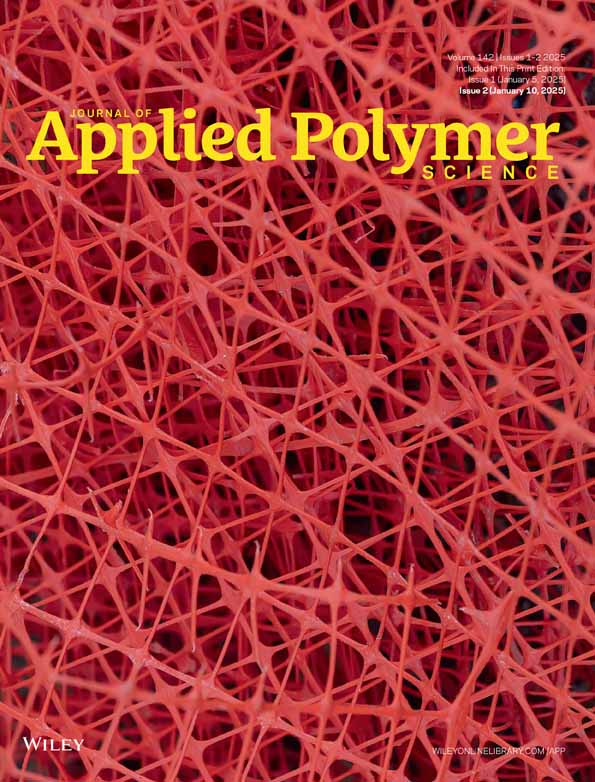Ring-opening copolymerization of ε-caprolactone and δ-valerolactone to cyclic polyesters by a bimolecular system
Abstract
Bio-based plastics have received much attraction because they are an alternative to petroleum-based plastics in recent years. Among them, aliphatic polyesters have garnered the most attention due to their excellent properties. Polyester is primarily synthesized through ring opening polymerization of monomer, and the catalysts used are mostly synthesized through “click” reaction in the laboratory, which exhibits inferior activity and little commercial value. Herein, a facile approach was developed for the synthesis of high molecular-weight cyclic aliphatic polyesters, specifically poly(valerolactone-co-caprolactone) with varying compositions. This involved the ring-opening copolymerization of ε-caprolactone (ε-CL) and δ-valerolactone (δ-VL) in the absence of an initiator with commercial hydrogen bond donor triclorocarban and an organic base. The structure and properties of the prepared cyclic polyester were investigated using GPC, 13C NMR, 1H NMR, MALDI-TOF mass spectrometry, TOF-SIMS mass spectrometry, differential scanning calorimetry (DSC), thermogravimetric analysis (TGA), and X-ray diffraction (XRD) techniques. The results show that the molecular weight of cyclic polyester can rapidly exceed 40 kDa, with a PDI of approximately 1.10. In comparison to linear polyester, it has a higher melting point and superior thermodynamic properties, thus presenting greater application potential. Finally, based on nuclear magnetic resonance titration, the potential catalytic processes and mechanisms of bimolecular systems on monomers in different environments were discussed. This study not only offers new insights into the structure and properties of cyclic polyesters, but also presents novel bimolecular catalytic systems using commercial urea hydrogen bond donors for the synthesis of cyclic polymer polyesters.
Open Research
DATA AVAILABILITY STATEMENT
Data sharing is not applicable to this article as no new data were created or analyzed in this study.




